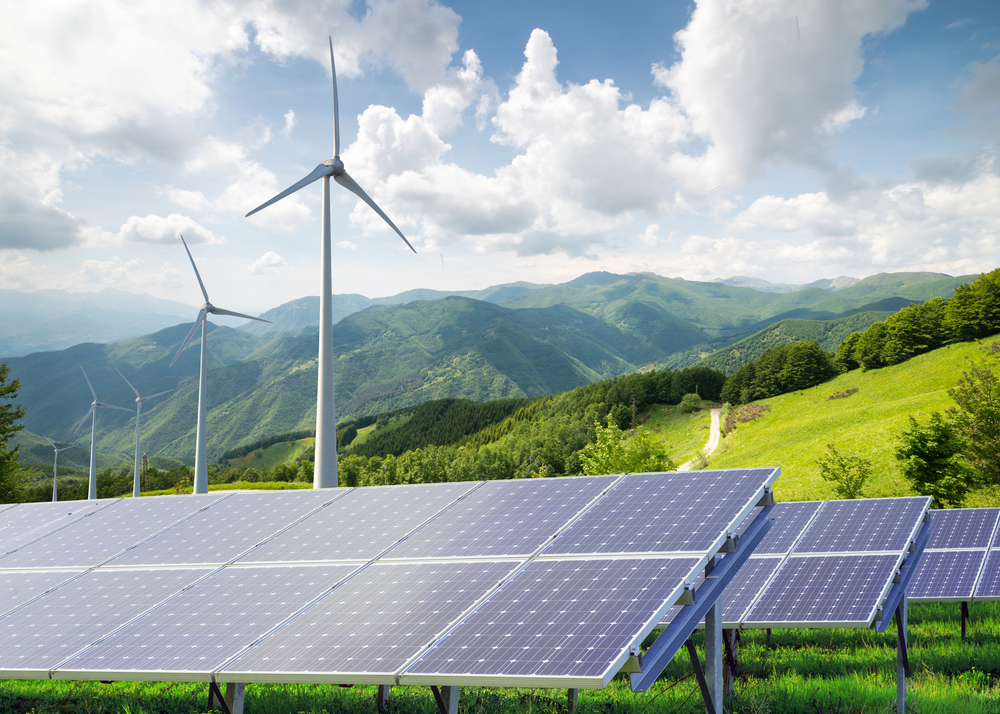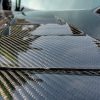No products in the cart.
Power and Energy Epoxy Applications | EpoxSys™ 600 Series
This product is already in your quote request list.
Category: MS Epoxy Systems
CLICK HERE TO CHAT WITH AN EXPERT ABOUT THIS PRODUCTOptimizing Renewable Energy Products with New Epoxy Potting Systems
Epoxy Resins have numerous applications in the field of energy and power. Their strengths may be utilized in the construction of wind turbines, batteries, solar panels, and other electrical components.
Characteristics of Miller-Stephensen’s Epoxys as they apply to the renewable energy industry include:
- Maximum Adhesion and Minimal Shrinkage:
Our high-quality resins will protect operating parts that may be vulnerable to harsh weather conditions, and maintain their adhesive and protective properties without shrinking or slumping. - Electrical Potting Properties and Protection:
Epoxy and polyurethane potting compounds are able to withstand strong mechanical stress without sacrificing weight, and allow for the normal operation of electrical equipment. - Chemical Resistance:
Our line of chemically resistant epoxy compounds protects electronic and battery components from damage caused by chemical processes such as oxidation, leaking battery acids, and corrosion. - Mechanical Strength:
Our bonding resins and epoxy laminate materials will allow for turbine blades to withstand strong winds and extreme temperatures for long periods of time. The extremely high strength of these epoxy compounds will increase the lifespan of the product and limit the need for repairs.
Potting Epoxies for use in renewable energy
The sensitive electrical components in solar systems, batteries, and wind turbines are susceptible to damage from harsh weather conditions. When protected by our high-quality potting epoxies, these parts will be protected from weather conditions without turning brittle or breaking. These compounds may be custom formulated to fit your needs and can apply to DC inverters, charge controllers, batteries, and any other components in need of a strong encapsulating resin to protect their electronic components.
Miller-Stephensen provides an advanced line of epoxy compounds to improve the function of components within solar power systems.
Electrical Components
Devices such as solar charge controllers and inverters may be exposed to the elements year around. These extreme conditions such as rain, snow, and high temperatures alike are insulated against by the use of polyurethane and epoxy potting compounds. The electrical components of these are covered by our high-quality compounds and provide exceptional protection and longevity regardless of the severity of the environment.
Solar Batteries
The thermal conductivity within solar batteries is stabilized by our highly effective encapsulating resins. As stated in Arrhenius’ Law, the performance of a battery is improved while functioning at the higher end of its operating temperature range, without exceeding it. Our encapsulating resin compounds ensure that a battery functions at its nominal performance level regardless of spikes or sags in thermal conductivity that may be caused by changes in temperature. They also prevent the damage that would be caused by exceeding the operating temperature range.
Photovoltaic Solar Panels
Effective encapsulation materials are necessary for PV modules to function efficiently and for long periods of time. The use of resin in solar panels prevents the reliance on mechanical fasteners which can cause structural stress points, and ensures that extensive and costly maintenance is minimized. Epoxy’s ability to expand and contract with the movement of substrates makes them more forgiving of mechanical changes, and less expensive.
Miller-Stephenson is here to help with your epoxy application needs.
The EpoxSys 600 Series for Power & Energy epoxy applications, is one of the many epoxy resin systems offered through the EpoxSys line of epoxy products. Epoxsys products offer a variety of solutions to match a wide range of production and processing needs, so you’ll be sure to find the results you need for a successful result. Contact our sales team today, who will work with you to recommend the right product solution for your application needs. Available through phone, chat, or email your inquiry with the form below.
Notwithstanding any express or implied indication to the contrary, product information provided on or via this website is supplied upon the condition that the persons receiving such information will make their own, independent determination as to a given product’s suitability for any contemplated purposes prior to use. In no event will Miller-Stephenson be responsible for damages of any nature whatsoever resulting from the use of, or reliance upon, information provided, directly or indirectly, on this website in relation to any product and/or application.



